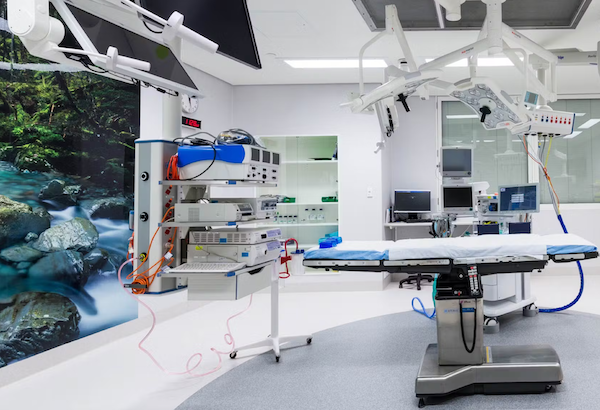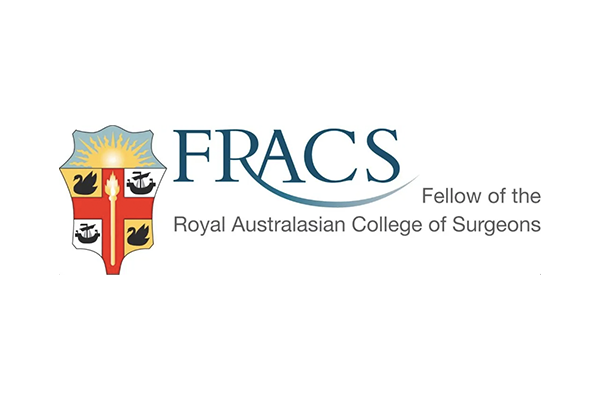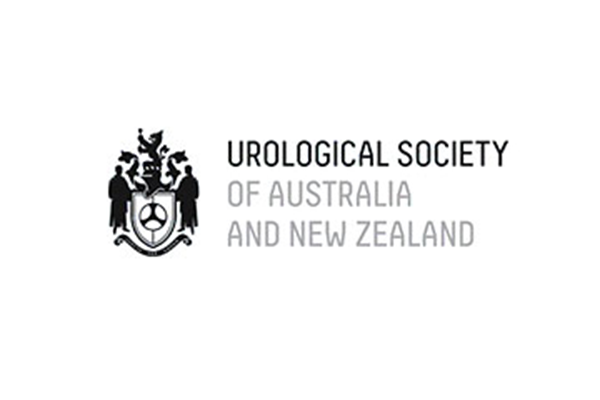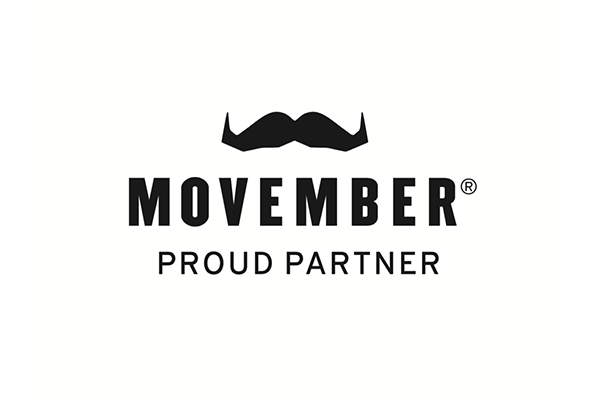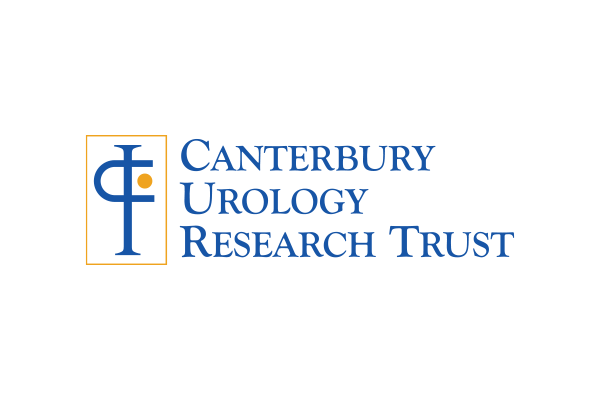Kidney Stones
Stones are more common in men. The first stone usually occurs in the 20 to 40 year age group. Once someone has had a stone they are more likely to have a subsequent stone in the future. This makes prevention very important.
Obesity is a significant risk factor for stones. If your BMI is over 30 you have about two times the risk of stone formation compared to those with a BMI of less than 25.
Symptoms
Common symptoms of stones include:
- Pain - usually severe, which can come and go in waves. It may be felt in the back, side of stomach or groin.
- Blood seen when passing urine.
- Urge or discomfort with passing urine
- Nausea or vomiting
- Fever.
Stones will be diagnosed through an ultrasound, x-ray or CT scan of your abdomen.
Treatment
Painful, obstructing or infected stones need surgery to be removed. Antibiotics may be used to keep the urine free from bacteria that could lead to stone regrowth.
Your Urologist will advise which is the right surgical option for you.
Ureteroscopy and Laser Lithotripsy
Ureteroscopy and laser of stones is an incision-free operation to remove or break up a stone from the ureter by passing a small telescope up the ureter (tube from the kidney to the bladder). Usually a laser is used to shatter a stone but on occasion a stone can be removed in one piece with a basket.
Extra-corporeal Shock Wave Lithotripsy (ESWL)
Extra-corporeal Shock Wave Lithotripsy (ESWL), or lithotripsy for short, is a commonly used non-invasive alternative to surgery for the treatment of kidney stones.
The procedure is done under sedation or anaesthetic on the lithotripsy bus. It works by focusing high energy acoustic pulses that pass through the skin and disintegrate the stones. The sand-like fragments can then pass out of the body in the urine.
Percutaneous removal of Kidney Stones (PCNL)
Percutaneous nephrolithotomy (PCNL) is keyhole surgery. Under general anaesthetic, the stone is removed by passing a telescope through your side directly into the kidney. The stone is broken up and the fragments are removed.
Prevention
Once someone has had a stone, they are more likely to have a subsequent stone in the future, making prevention very important.
Fluid
Increasing fluid intake is very important. Most people who form stones do not drink enough fluid. Water is the best fluid to drink. Your urine should be a pale yellow colour when you are drinking enough. Drinking more in the summer months or when working or sweating is important.
Diet
Some stones may respond to reducing the amount of salt and acidic foods in the diet such as meats, fish and poultry.
Aim to have a high fiber diet.
Oxalate
The intake of oxalate containing foods may need to be reduced. Spinach, rhubarb, strawberries, nuts, beetroot, chocolate and tea are high in oxalate.
Vitamin supplements
B vitamins do not cause stones.
High intakes of calcium-containing vitamin C, vitamin D and fish liver oil all increase kidney stone formation in some people.
Medications
Medications to prevent further stones may be used.
Your urologist may suggest you use a medication that makes your urine less acidic (more alkaline) - this increases the pH of the urine and helps reduce the formation of certain types of stones.
Antibiotics
Infected stones need surgery to remove the stone and antibiotics may be used to keep the urine free from bacteria that may lead to stone regrowth.

